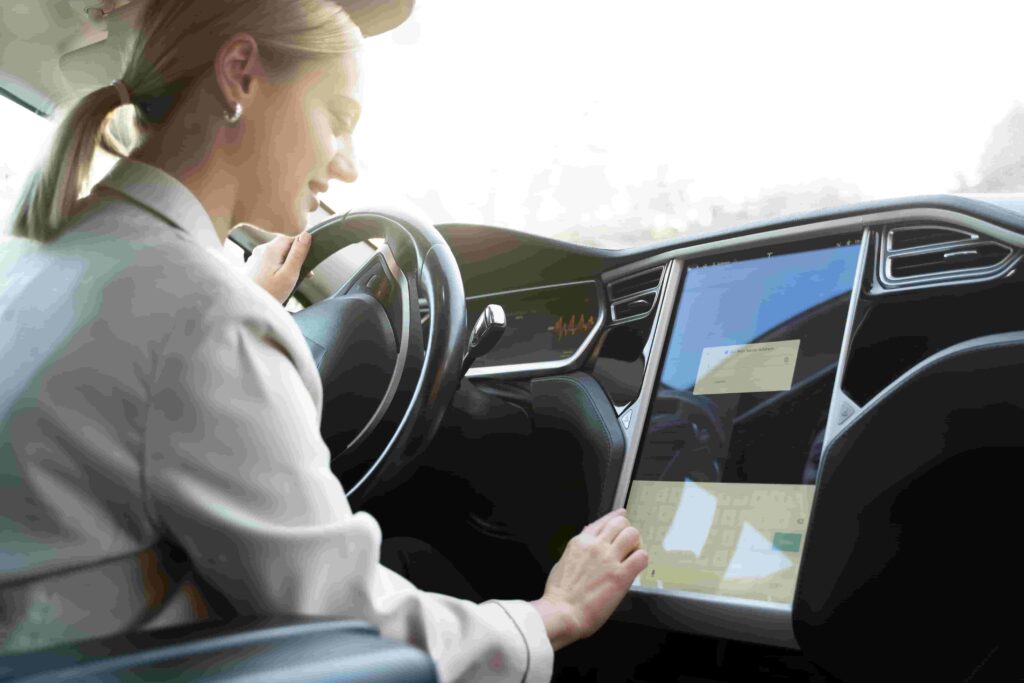Self-driving cars have moved from the pages of science fiction to the streets of reality, promising to revolutionize how we think about transportation. With advancements in technology, these autonomous vehicles are shifting gears in the automotive industry, capturing the imagination of tech enthusiasts and industry professionals alike. This blog post aims to offer a comprehensive look at self-driving cars, exploring their evolution, functionality, potential benefits, and the challenges they face—a truly riveting ride through the world of autonomous technology.
The Evolution of Autonomous Technology
The concept of self-driving cars isn’t as modern as one might think. The seeds of autonomous technology were planted as early as the 1920s when the idea of automated guidance systems began to circulate. Fast forward to the 1980s and 1990s, significant technological advancements were made by universities and research institutions. Projects like the European Commission’s PROMETHEUS program laid the groundwork for today’s autonomous vehicles.
These early developments paved the way for tech giants and automotive companies to invest heavily in the research and development of self-driving technologies. Companies like Google, Tesla, and Uber have since become synonymous with autonomous innovation, transforming what was once a dream into a tangible product. Over the decades, the evolution of sensors, AI, and machine learning has been crucial in moving self-driving cars from the testing phase to real-world applications.
In recent years, the integration of sophisticated AI algorithms and state-of-the-art sensors has taken autonomous technology to new heights. The progress made in just the last decade has been astounding, marking a new chapter in the automotive industry’s history. This progress is not just technological but also reflects a shift in societal attitudes towards adopting such innovations.
How Self-Driving Cars Work
At the heart of self-driving technology is a complex network of sensors, cameras, radar, and lidar systems working in harmony to perceive the vehicle’s surroundings. These components collect vast amounts of data in real-time, creating detailed maps of the environment to make informed driving decisions. The fusion of this data allows autonomous vehicles to detect obstacles, follow traffic rules, and anticipate the actions of other road users.
Central to this functioning is the vehicle’s onboard AI, which processes the data and makes decisions based on a set of pre-programmed instructions and learned experiences. Machine learning algorithms play a pivotal role, enabling the vehicle to adapt to new situations and improve performance over time. This continuous learning process is fundamental to creating safer and more reliable self-driving cars.
Furthermore, V2V (Vehicle-to-Vehicle) and V2I (Vehicle-to-Infrastructure) communication technologies are being developed to enhance the coordination and efficiency of autonomous vehicles. These systems allow vehicles to communicate with each other and nearby infrastructure, sharing information about traffic conditions, road hazards, and optimal routes. This interconnected network is essential for the seamless integration of self-driving cars into our transportation systems.
Benefits of Self-Driving Cars
Self-driving cars offer a myriad of potential benefits that could transform society, the economy, and the environment. One of the most significant advantages is the potential for increased road safety. Human error is a leading cause of accidents, and autonomous vehicles could significantly reduce these incidents by adhering to traffic laws and maintaining constant vigilance.
Additionally, self-driving cars can enhance mobility for those who are unable to drive, such as the elderly or disabled. This increased accessibility can promote independence and improve quality of life for many individuals. On an economic level, the widespread adoption of autonomous vehicles could lead to more efficient transportation systems, reducing congestion and cutting down on fuel consumption and emissions.
From an environmental perspective, self-driving cars have the potential to reduce carbon footprints. By optimizing routes and driving patterns, these vehicles can decrease fuel consumption and emissions, contributing to cleaner air and a more sustainable planet. Furthermore, with the rise of electric autonomous vehicles, the shift toward greener transportation solutions becomes even more pronounced.
Challenges and Concerns
Despite their promising benefits, self-driving cars also face a host of challenges and concerns that must be addressed before widespread adoption can occur. Safety remains one of the most pressing issues, as autonomous vehicles need to operate flawlessly in diverse and unpredictable environments. High-profile accidents involving self-driving cars have raised questions about the technology’s readiness and reliability.
Furthermore, there are ethical and legal implications to consider. Decisions made by self-driving cars in critical situations pose moral dilemmas that need to be carefully navigated. Additionally, regulatory frameworks must be established to ensure the safe deployment of autonomous vehicles, balancing innovation with public safety.
Privacy and cybersecurity are also significant concerns in the realm of autonomous technology. The vast amounts of data collected by self-driving cars raise questions about data security and user privacy. Protecting this information from cyber threats is paramount to maintaining public trust and ensuring the safe operation of these vehicles.
The Future of Self-Driving Cars
Looking ahead, the future of self-driving cars is promising yet uncertain. The pace of technological advancements indicates that autonomous vehicles are rapidly approaching a point where they can be integrated into daily life. However, achieving full autonomy across all driving conditions will require continued innovation and collaboration between tech companies, automakers, and regulators.
In the coming years, we may see increased adoption of self-driving cars in specific industries, such as ride-sharing services and delivery fleets. These applications can serve as valuable test beds for refining autonomous technology and building public confidence. Ultimately, the widespread use of self-driving cars could revolutionize urban planning, reduce the need for parking spaces, and reshape the way we think about transportation.
Public perception plays a crucial role in the future success of autonomous vehicles. Educating consumers about the benefits and safety measures associated with self-driving technology is essential to gaining their trust and acceptance. As public confidence grows, so too will the demand for autonomous vehicles, paving the way for a new era of transportation.
The Market Landscape
The self-driving car industry is a dynamic and competitive landscape with numerous players vying for dominance. Established automotive giants like Ford, General Motors, and BMW are investing heavily in autonomous technology, seeking to leverage their expertise and infrastructure to bring self-driving cars to market.
Meanwhile, tech companies such as Google (through its subsidiary Waymo) and Apple are disrupting the industry with innovative approaches to autonomous vehicles. These companies bring strong capabilities in AI and software development, positioning themselves as key players in the race to perfect self-driving technology.
In addition to these established players, a growing number of startups and niche companies are contributing to the industry’s growth. Companies like Zoox, Nuro, and Aptiv are pushing the boundaries of what’s possible, exploring new business models and applications for self-driving technology. This diverse ecosystem of companies is fostering healthy competition and driving innovation in the field.
Conclusion
In conclusion, self-driving cars represent a significant leap forward in transportation technology, offering the potential to transform how we travel and live. While challenges remain, the progress made in recent years suggests that autonomous vehicles are on the verge of becoming an integral part of our daily lives. For tech enthusiasts and automotive professionals, staying informed and engaged with this rapidly evolving field is essential to understanding the broader implications and opportunities that self-driving cars present.
The road to full autonomy is long and complex, but the destination holds immense promise. By continuing to innovate, collaborate, and address the challenges head-on, we can unlock the full potential of self-driving technology and shape a future where transportation is safer, more efficient, and more accessible for all.
For those eager to explore more about autonomous technology, consider joining industry forums, attending conferences, and engaging with experts to stay informed and contribute to the ongoing conversation around self-driving cars. Together, we can drive the future of transportation forward with curiosity, creativity, and collaboration.






